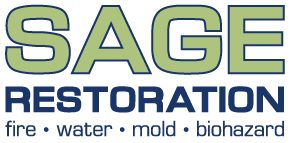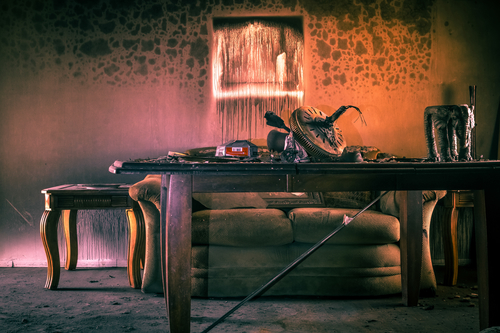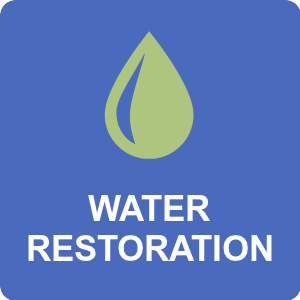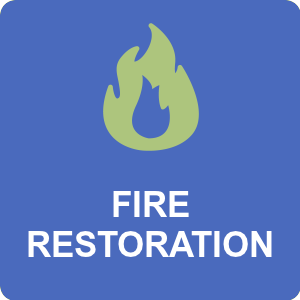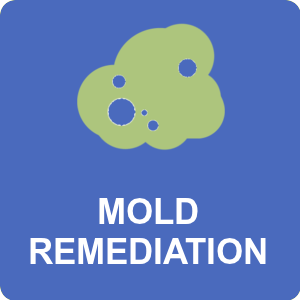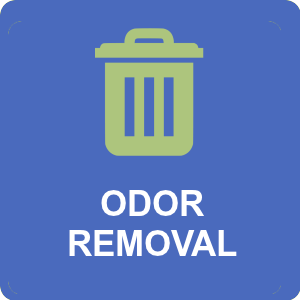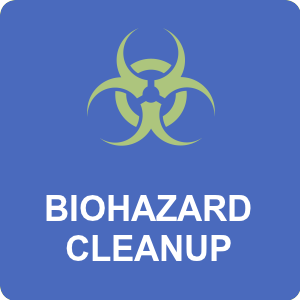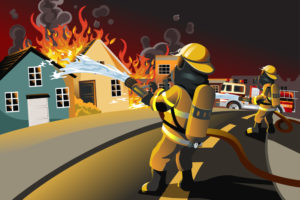
Removing smoke odors from a property
Fire damage affects thousands of homes and commercial properties each year. Removing smoke odors from a property, requires following the proper cleaning steps necessary to remove odors. It takes extensive cleaning of walls, floors, ceiling, and contents of the home to rid the home of smoke odor. That’s why it’s important to hire a restoration professional who has the knowledge, skills and correct cleaning products and equipment.
Smoke and soot are the result of incomplete combustion causing both particulate and odor contamination throughout a property that can be visibly seen. This residue is often black, but it can also be brown or yellow in color–depending on what types of materials burn. All burning materials, their charred remains and the resulting smoke and soot, create many different and unpleasant odors.
Smoke seeps through the most minute cracks and crevices and leaves behind its residue, often in remote and inaccessible areas. In many cases the smoke also reaches structure components such as framing. Removing smoke odors from a property is hard because of its very nature and often because it’s difficult to reach.
Smoke odor is classified into three categories: 1. Protein odor–resulting from burnt or scorched meat, fish, poultry, or other protein-rich foods like eggs. 2. Natural material odor–resulting from items made from wood, paper, wool, and cotton. 3. Synthetic material odor– resulting from synthetic materials such as plastic, nylon, polyester, polypropylene, etc. The deodorizing process consists of a combination of procedures to be effective and dependent upon the type of materials that were affected.
Cleaning and Deodorizing Steps:
Source removal–removal of charred or contaminated debris from the affected area.
Cleaning–mechanical action with appropriate cleaning products to remove residue and decontaminate odor sites.
Chemical change–the use of an ozone generator to oxidize odor molecules and convert them into substances without an offensive odor. Masking and/or fogging the air space and structure materials with appropriate devices.
Air Filtration–removal of airborne particles with HEPA filtration or carbon absorbent filters.
Sealing– sealants are often applied to semi-porous materials or those that have severe staining. This is the last step in the deodorizing process.
A fire is one of the hardest experiences a family can go through! That’s why it’s important to hire a company like Sage Restoration that can handle every phase of the restoration process! Sage Crews are trained to respond with a sense of urgency, care and compassion!
